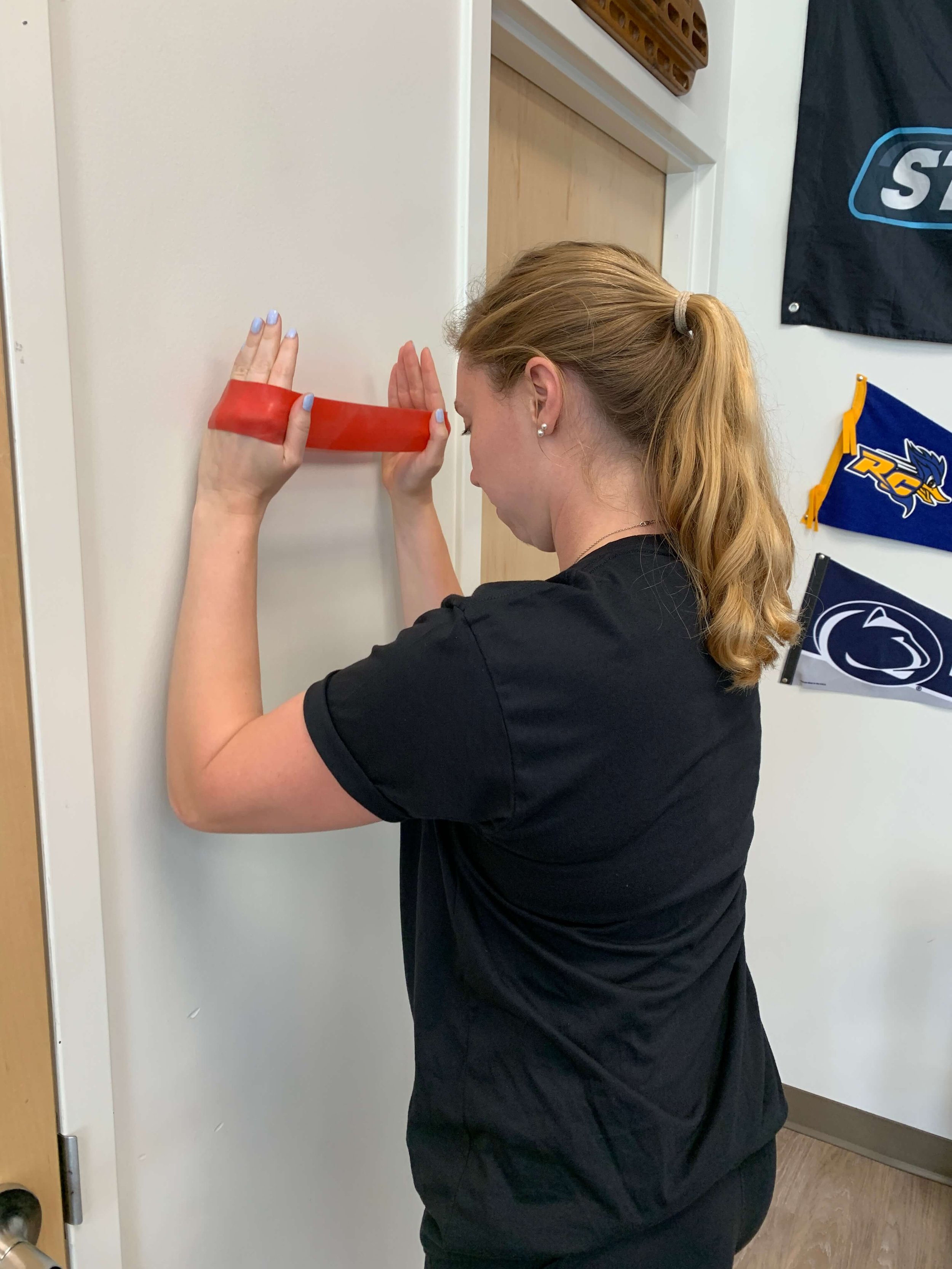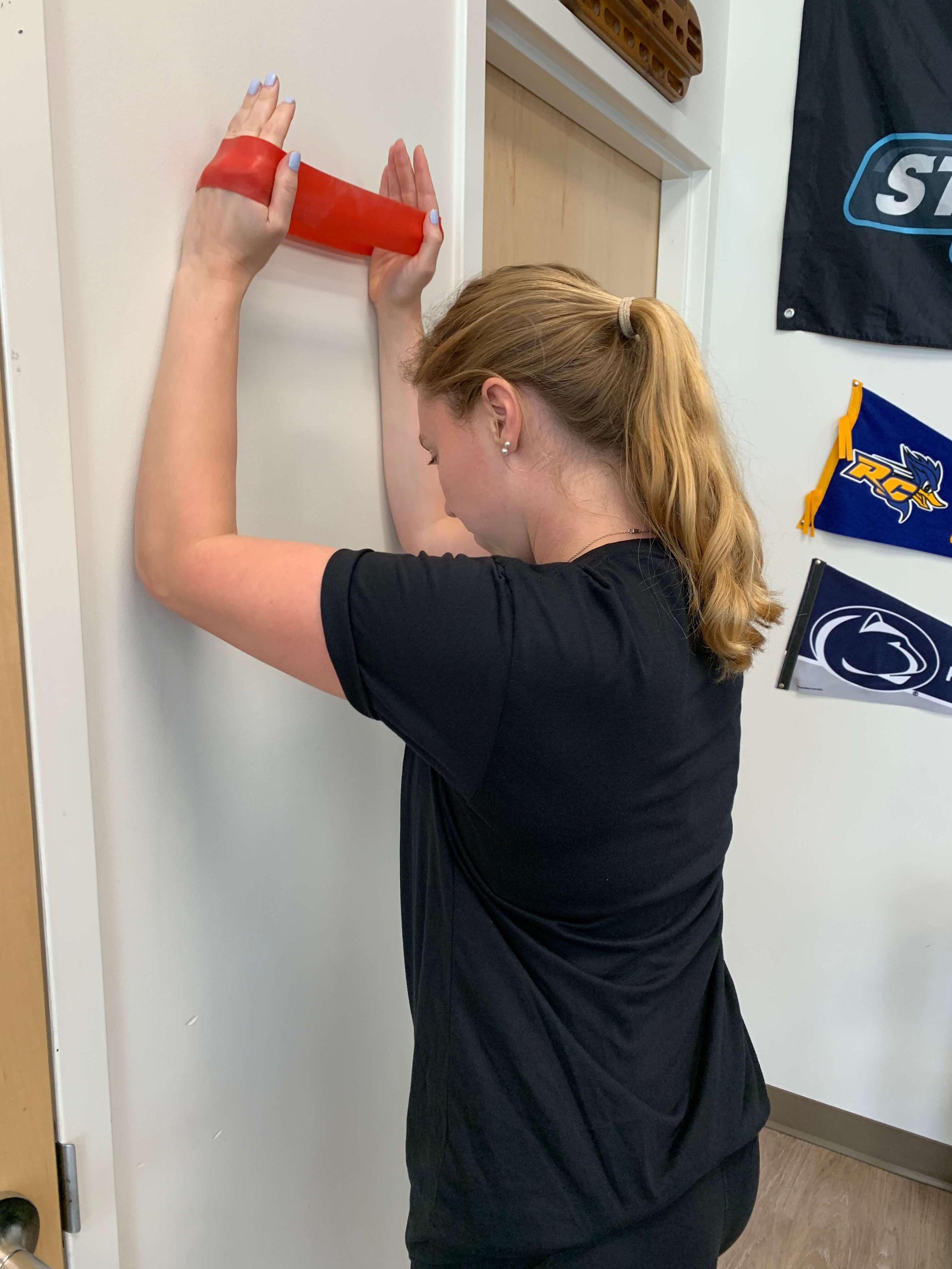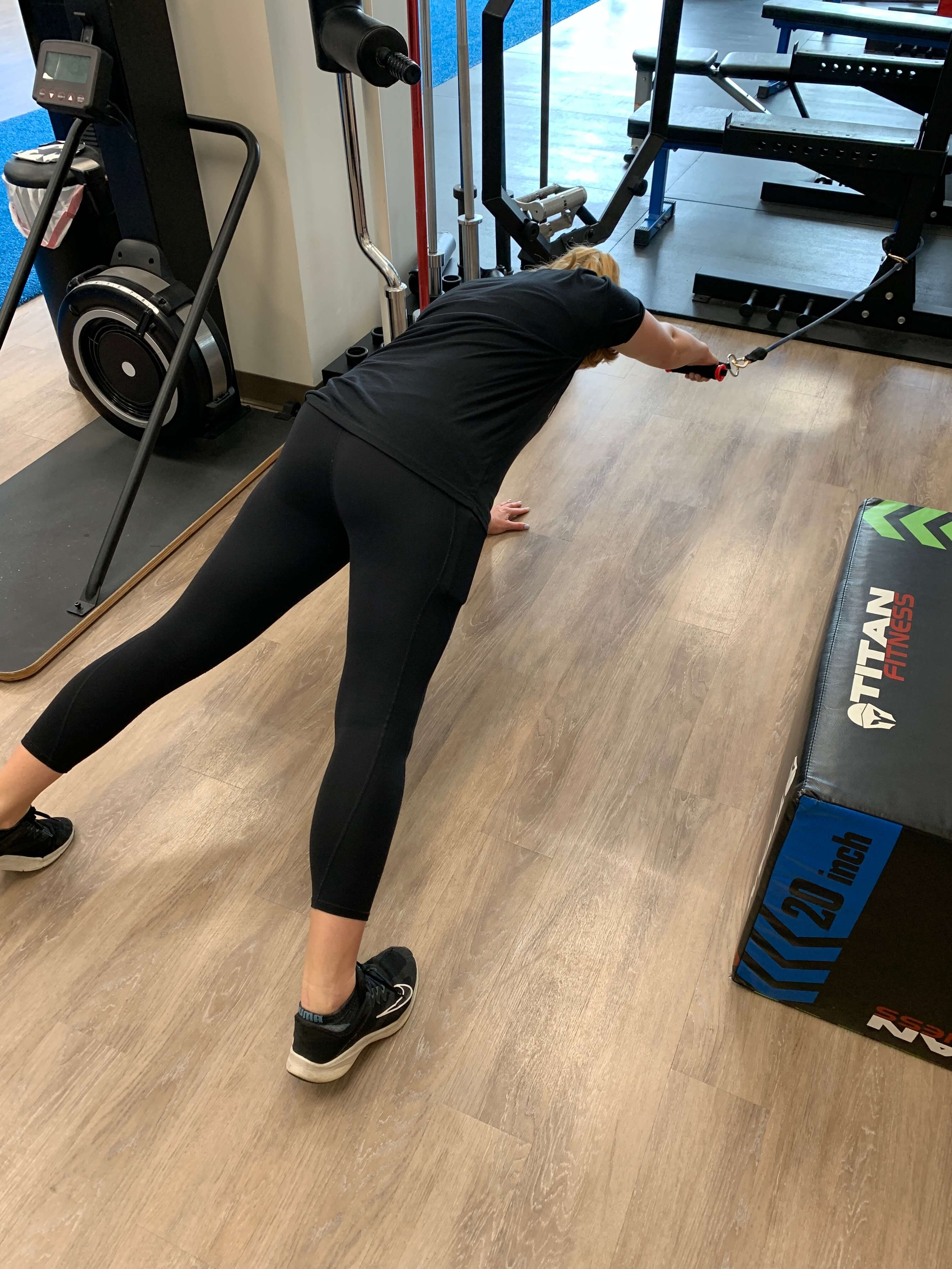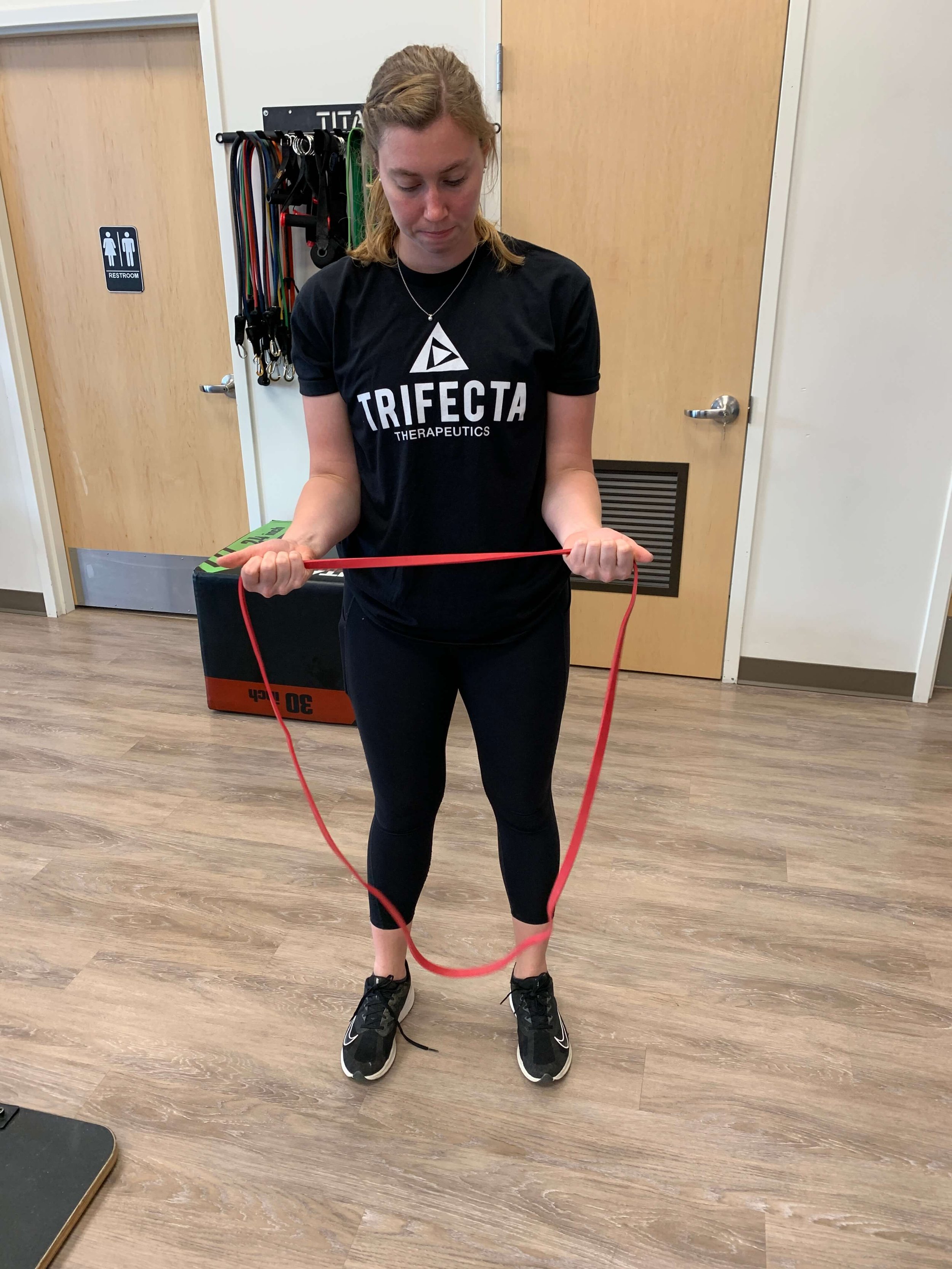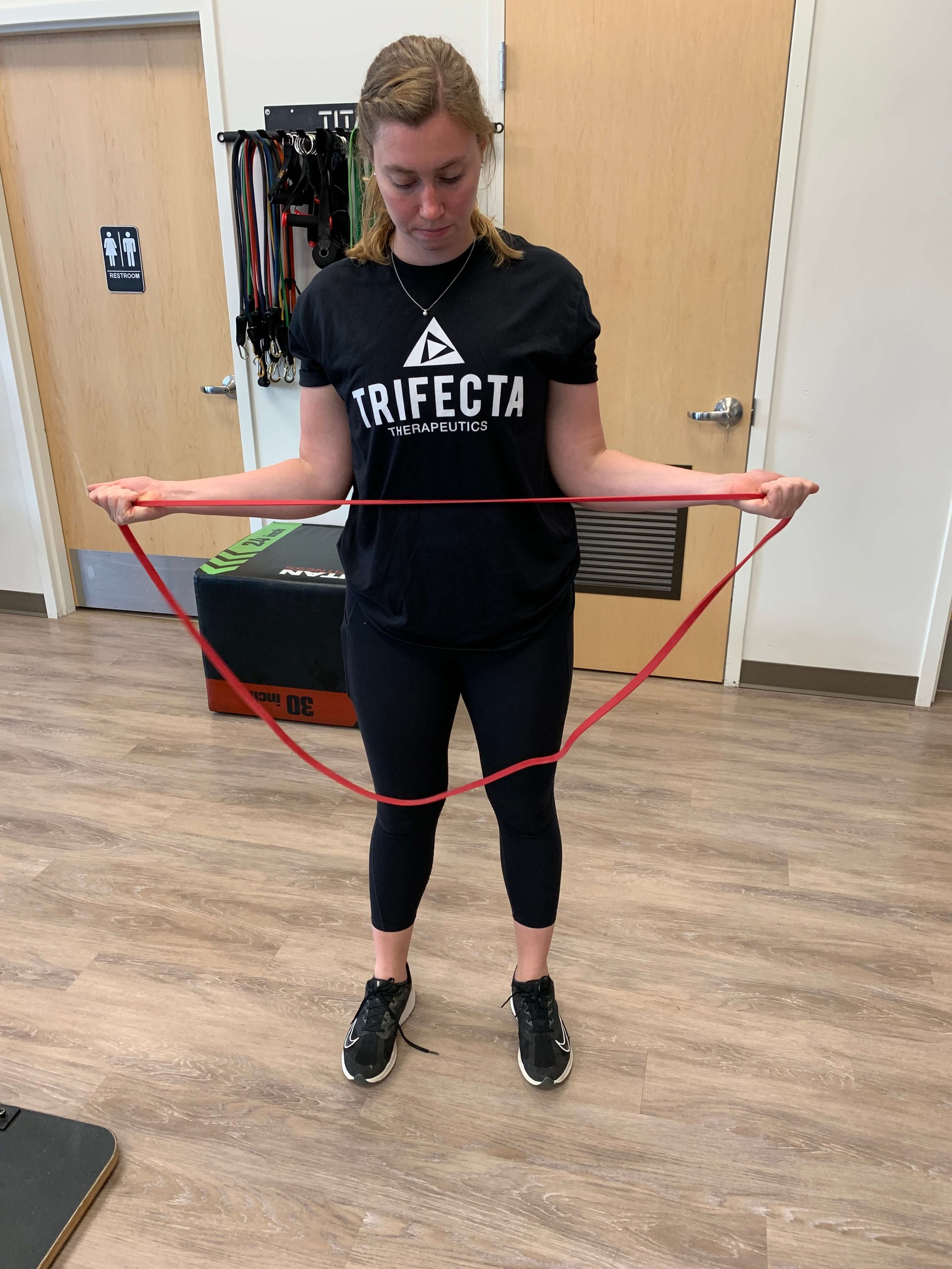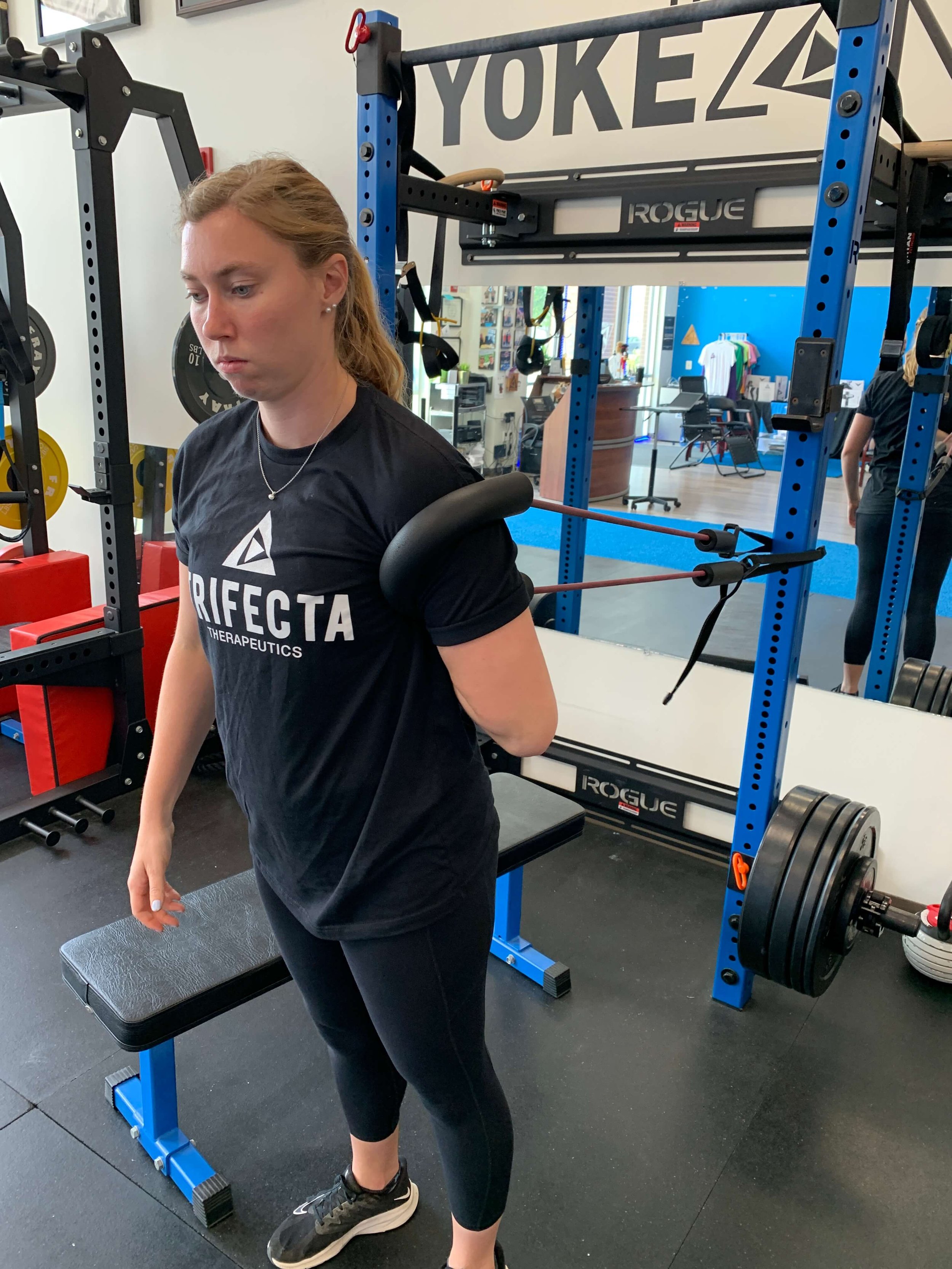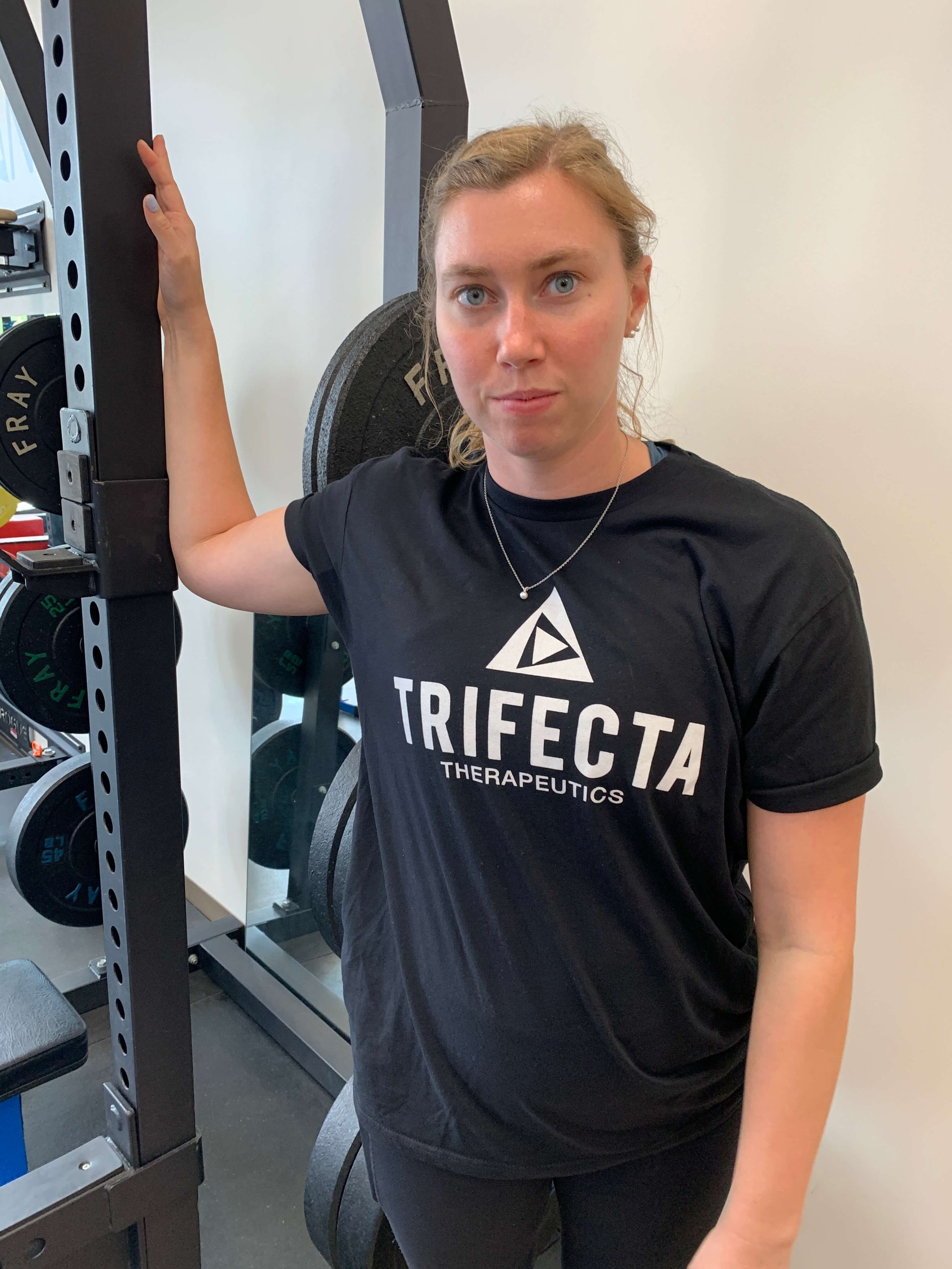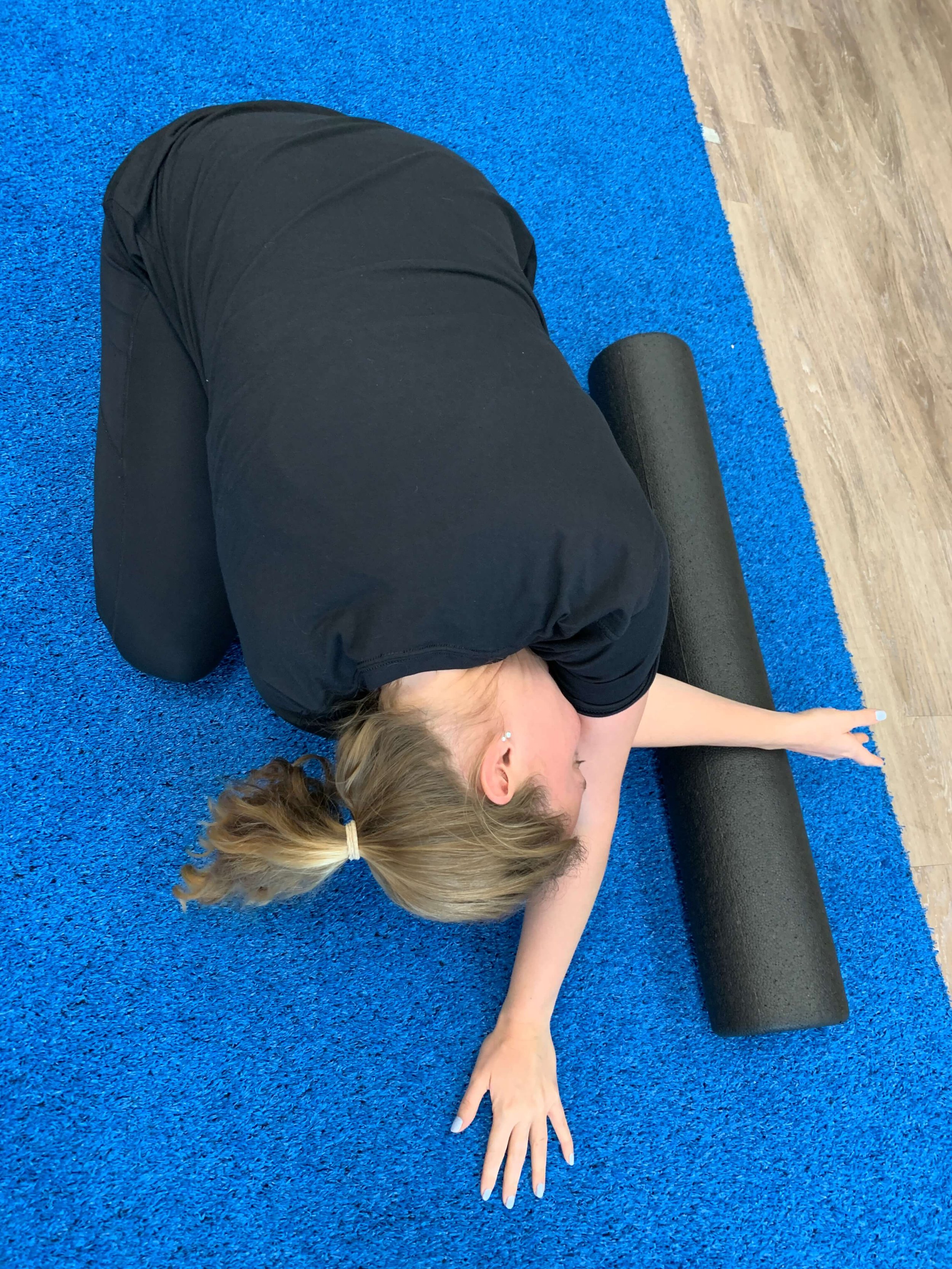Swimmer’s Shoulder: What it is and How to Avoid it
If you’ve made it through a full swim season, you know that shoulder pain is incredibly common among competitive swimmers. With practices occurring 5-7 days per week, sometimes 2x per day, and athletes swimming around 6-8 miles per day, it is no surprise that shoulder pain is the most frequent musculoskeletal issue for competitive swimmers. In fact, studies report that somewhere between 40-91% of swimmers experience what is termed ‘swimmer’s shoulder’ at some point in their careers.
What is Swimmer’s Shoulder?
Swimmer’s shoulder’ is a term that broadly refers to shoulder pain in competitive swimmers. Since the term is so broad, what exactly ‘swimmer’s shoulder’ is can include a wide range of medical diagnoses. More often than not however, the root cause of ‘swimmer’s shoulder’ is multifactorial and may be attributed to factors such as joint instability, poor swimming technique/biomechanics, muscle weakness or fatigue, over-training/repetitive stress, pectoralis minor tightness, using too large of hand paddles, or prior shoulder injury (just to name a few!).
What Causes It?
Swimmer’s shoulder is a common problem due to the high training volume in combination with the repetitive nature of the sport (after all, how many other sports can you think of where you stare at a black line for 2 hours). While there are four strokes in swimming- freestyle, backstroke, breaststroke, and butterfly- most programs are heavily reliant on freestyle during training, with the freestyle stroke being executed for 80% of the practice yardage. Additionally, unlike most other sports, swimming relies on the upper body to propel the body forward, against the resistance of water. In fact, during freestyle, the upper extremity represents up to 90% of the propulsive power of the stroke.
In order to accomplish the necessary propulsion to move through the water, the shoulders must move in repetitive clockwise and counterclockwise directions. Fortunately, the shoulder complex is highly mobile which allows it to meet the range of motion demands. However, with increased mobility, there may be compromised stability as a result. Ideally, muscles and ligaments which surround the joint provide the necessary stability for the joint.
However, if the swimmer is unable to stabilize the joint throughout the full motion for any reason (muscle fatigue, weakness, pain, technique errors, etc), the shoulder joint may experience additional stress which may cause tissues to become painful or, if left unaddressed, damaged. We will focus on three of the main factors causing swimmer’s shoulder and then look at tips for globally addressing components of these.
Technical Errors
Freestyle can be broken down into six phases: hand entry, forward reach, pull-through, middle pull-through, hand exit, and middle recovery. Each of these phases requires varying degrees of shoulder motion (flexion, abduction, internal and external rotation) as well as scapular mobility and muscle activation. While swimmers can have variability in stroke technique (wide or narrow hand entry, high or low elbow recovery or pull-through, straight or bent arm recovery to name a few) without inherent increased risk for injury, the real problems come when a technique with slight biomechanical issues are performed for thousands of repetitions during practice.
Muscle Fatigue/Overuse
EMG studies, which look at muscle activation, have found that the serratus anterior and subscapularis, two muscles which help with scapular stabilization, are the most prone to fatigue since they are continually firing above 20% of their maximal force. In swimmers with painful shoulders, the activity levels of the serratus anterior are dramatically reduced during the middle pull-through phase and the subscapularis is more susceptible to fatigue. These reductions in activity lead to overcompensation of the rhomboids and infraspinatus which can lead to unbalanced shoulder stability.
Shoulder Instability
While a lot of swimmers have joint laxity (meaning that their joint can move a lot), instability occurs when that movement occurs outside of what the shoulder can passively (with non-contractile structures such as ligaments) or actively (with muscles) control. For a lot of swimmers, their increased shoulder mobility is advantageous because it allows for a greater stroke length, but becomes disadvantageous when it places too high of demands on active stabilizers and causes pain.
Tips for Preventing Swimmer’s Shoulder
Given that swimmer’s shoulder can be caused by a variety of factors, specific treatment for an individual’s ‘swimmer’s shoulder’ requires a skilled physical therapist to perform an examination and develop a specific treatment plan.
However, research studies have found that adding in land based strengthening programs can be helpful in preventing the occurrence of swimmer’s shoulder and in helping swimmer’s endure the long training season without shoulder pain which persists and worsens and could take a swimmer out of the pool.
Addressing some controllable risk factors may be helpful, such as improving ER strength and strength/endurance of serratus anterior and subscapularis, increased thoracic mobility, and managing load on the shoulder.
Strengthening
Serratus Anterior
Subscapularis (internal rotator)
External Rotators
Mobility
Thoracic
Internal Rotation
Pec length
Reduction of load (temporary to allow for healing/recovery)
Duration of practice
Yardage
Limit kickboard use or time spent in streamline
**All these may be gradually added back in as shoulder pain is reduced
Active Rest as Necessary
When to seek treatment
If pain persists throughout the season, regardless of rest, we recommend seeing a skilled physical therapist as early as possible! The earlier you seek help, the quicker we can get you back in the pool, breaking records and taking names!
By: Dr. Tara Rogers PT, DPT, CSCS
Sources: https://www.ncbi.nlm.nih.gov/pmc/articles/PMC5970120/pdf/12178_2018_Article_9485.pdf
https://pubmed.ncbi.nlm.nih.gov/22488280/
https://www.ncbi.nlm.nih.gov/pmc/articles/PMC5857725/pdf/10.1177_1941738117726771.pdf
https://www.ncbi.nlm.nih.gov/pmc/articles/PMC6006528/
https://www.ncbi.nlm.nih.gov/pmc/articles/PMC3438875/
https://pubmed.ncbi.nlm.nih.gov/33842053/


